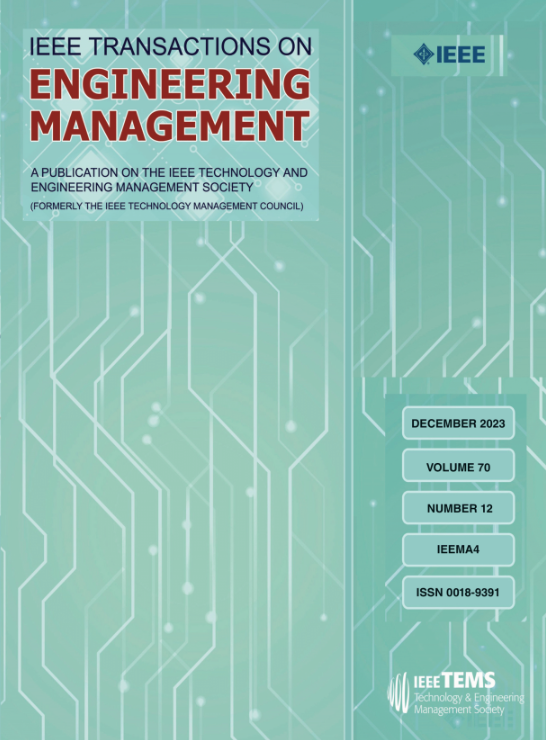权力不对称冲突下决策者模糊行为模式的影响分析
IF 5.2
3区 管理学
Q1 BUSINESS
引用次数: 0
摘要
不对称权力冲突源于利益相关者之间的资源不平衡,优势方往往通过制定规则来控制局势,而弱势方则面临压制和操纵。冲突中的决策者表现出有限理性和多样化的风险态度,显著影响冲突结果。传统的冲突解决框架,如冲突解决图模型(GMCR),不能充分解决权力不对称和风险态度,导致不现实的平衡。本研究旨在通过将风险态度分析整合到GMCR框架中,增强其解决不对称权力冲突的能力,从而弥合这一差距。具体来说,我们引入了一种新的方法,称为三角模糊最优离散拟合,以评估决策者在不对称权力冲突中的风险态度。此外,我们改进了dm风险态度类型的分类原则,克服了原始最优离散拟合方法的局限性。此外,我们定义了GMCR框架下领导者和追随者在权力不对称冲突中的行为模式稳定性概念。应用于碳减排冲突案例,我们发现作为一般的风险寻求者,追随者虽然不会选择损害领导者利益的选项,但会为了自己的利益采取多种风险措施来对抗领导者的制裁。我们的方法和算法不仅展示了实际应用,而且还帮助决策者识别不同行为模式下的冲突解决策略。本文章由计算机程序翻译,如有差异,请以英文原文为准。
Analysis of the Influence of Decision Makers’ Fuzzy Behavioral Patterns Under Power Asymmetry Conflict
Asymmetric power conflicts arise from resource imbalances among stakeholders, where dominant parties often control situations through rule-setting, while weaker parties face suppression and manipulation. Decision makers (DMs) in such conflicts exhibit bounded rationality and diverse risk attitudes, significantly influencing conflict outcomes. Traditional conflict resolution frameworks, like the graph model for conflict resolution (GMCR), inadequately address power asymmetry and risk attitudes, leading to unrealistic equilibria. This study aims to bridge this gap by integrating risk attitude analysis into the GMCR framework, enhancing its capability to resolve asymmetric power conflicts. Specifically, we introduce a novel approach called triangular fuzzy optimal discrete fitting to assess the risk attitude of DMs amidst asymmetric power conflicts. Additionally, we enhance the principles for categorizing DMs’ risk attitude types, surpassing the original optimal discrete fitting method’s limitations. Moreover, we define the behavioral pattern stability concepts for the leader and the follower in the GMCR framework during power asymmetry conflicts. Applied to a carbon emission reduction conflict case, we find that as a general risk seeker, although the follower will not choose the options that damage the leader’s benefit, it will counter the leader’s sanctions by several risky measures for its own benefit. Our methodology and algorithm not only demonstrate practical application but also assist DMs in identifying conflict resolution strategies across varied behavioral patterns.
求助全文
通过发布文献求助,成功后即可免费获取论文全文。
去求助
来源期刊

IEEE Transactions on Engineering Management
管理科学-工程:工业
CiteScore
10.30
自引率
19.00%
发文量
604
审稿时长
5.3 months
期刊介绍:
Management of technical functions such as research, development, and engineering in industry, government, university, and other settings. Emphasis is on studies carried on within an organization to help in decision making or policy formation for RD&E.
 求助内容:
求助内容: 应助结果提醒方式:
应助结果提醒方式:


